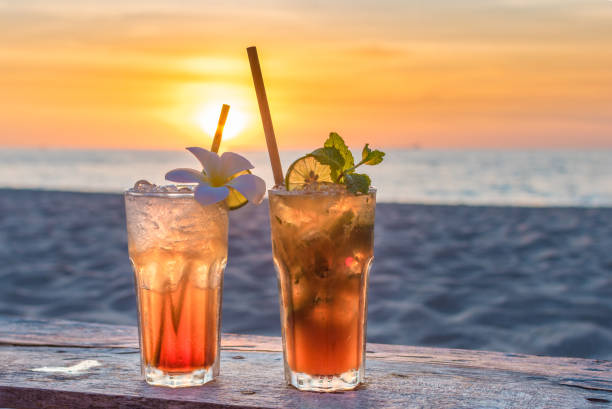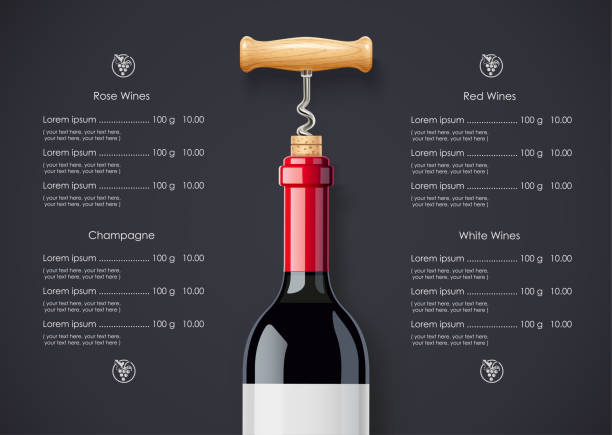We are often asked the difference between making wine using grapes or concentrates. There are some differences but also many similarities.
Wine Making with Concentrates
If you’re just getting started, concentrates are a great way to make consistently spectacular wines. These kits come with easy-to-follow instructions that take out all the guesswork. They are also suitable for first-time winemakers.
Most often, they come with the ingredients for making home wine already measured and ready to use. Since all the variables are removed, it is difficult to make mistakes.
Wine concentrates offer a greater variety to home winemakers than grapes. We currently offer more than 200 different wine concentrates from around the world, including France, Germany, Spain, Italy, Australia, Chile, Argentina, Canada and California. These wine concentrates allow you to create a variety of wines, which never get boring. And unlike grapes, they are available all year round.
It is easy to get started making wine with concentrate. Pour the concentrate into the wine fermenting vessel and add water up to the required level (usually six gallons). Add the wine yeast and other ingredients as directed.
Then, you’ll need to siphon the wine from the sediment as instructed (called: “racking”) and bottle the wine. This process can take anywhere between 30 and 45 days, depending on which brand of wine concentrates you use. It can also be completed in a small space.
Wine Making with Grapes
Much of the wine-making process is similar when using grapes as opposed to packaged juices. Fermentation, clarification, and bottling are all done similarly. However, there are a few key differences.
Grapes and Wine:
Most people don’t realize that a large amount of grapes is used to make wine. Each of our packaged concentrates is equivalent to 70-100 pounds of grapes, which can be used to make six gallons. This is two to three bushels. This is how many grapes you will also need.
After the fermentation has finished and the pulp has been removed, you will have approximately six gallons. To make wine, only 100 percent juice from the grapes is used.
As a SIDE NOTE, the 70-100 pound limit only applies to grapes that are louder than others, such as Merlot, Cabernet Sauvignon, Pinot Noir Chardonnay, and Pinot Grigio. For grapes such as Muscadine and Fox, 25-50 pounds are usually used to make six gallons. Sugar and water are used to make up the difference. The grapes used are more acidic and have a stronger flavor, so if you use 100% juice, the wine will be sharp, sour, and bitter.
Before undertaking such a task, it is important to consider the amount of grapes involved. Before fermenting the grapes, they will have to be crushed and de-stemmed. After a few days of fermentation, they can then be pressed. White wines are encouraged prior to fermentation.
Hand de-stemming or crushing grapes is possible. You can use a potato masher or the butt end of a 2X4. You should get a crusher/de-stemmer if you have several hundred pounds of grapes. These items will help you speed up the process.
After a few days, the pulp must be pressed to extract as much juice from it as possible. The grapes for white wine are pressed immediately after crushing but before fermentation. The pulp is never exposed to fermentation.
Managing Variables
When you make wine using concentrates, all the variables are taken into account. These packaged wine concentrates allow even the novice winemaker to make great wines without having to worry about results.
You must be prepared to handle these variables when making wine. Ignoring these variables is not an alternative. Ignoring these factors will only result in a pleasant wine if you’re lucky. However, mastering them allows you to create a wine that you can be proud of and share with others.
What are the variables? The list of variables to be considered is quite long, but the ones that need strong attention are not as many. Concentrate on these few variables, and you’ll have won the majority of battles. We will discuss the following variables:
Sugar Level:
Making wine from grapes requires that you have a good understanding of how to use a hydrometer to control the sugar content of the must. The beginning sugar level determines the final alcohol content of the wine. The sugar levels grapes naturally produce are unpredictable due to different factors such as the type of grape, harvest time, and year. Sugar or water may need to be added to the in order to bring the alcohol content of the wine within a reasonable range, usually between 10 and 13%.
Acidity level:
Acidity levels can also vary. The wine will taste sharp or sour if the acidity level is too high. If there is not enough acid, the wine will be flat and flabby. You can control this by taking readings using an acid test kit. You can determine the acidity of your must by taking lessons.
Pulp contact time:
Controlling the time that the pulp remains in fermentation is important. Five days is the most common, but it can be anywhere between one and seven days. These times are mainly for red wines. White wines do not usually incorporate the pulp into the fermentation. The more time the pulp is left in the fermentation process, the richer the color and character of the wine will be. But, if you go too long, it can cause an irreversible astringency in the wine. The different pulp contact times are one of the main reasons why White Zinfandels (also known as Blush Zinfandels) and Red Zinfandels (also called Red Zinfandels) can be made with the same grape.
Pressing pressure:
Similar to the amount of time spent in contact with the pulp, the pressure that is applied during pressing can change the character of the wine. The “free run” is what you get when the must first goes into a press. The juice with the lightest texture is called “free run.” The liquid becomes fuller as pressure is applied. The final pressure level used during pressing will determine the body of the wine.
Other Variables
Many other factors play a marginal role in determining the character of a particular wine. This article is not the place to discuss them. There are enough variables with varying degrees of importance for one to learn throughout their life.
A Summary of Everything:
You can see that there are many factors to consider when working with grapes, such as crushing, pressing, or dealing with their sheer volume. Wine-making concentrate producers are experts in this field. The producers of wine-making concentrates are experts at it.
For the more ambitious home winemakers, however, the process of making wine using grapes is the only thing that will satisfy them. Some people enjoy the tactile experience of pressing grapes. You should definitely try it if this is the case. It is rewarding to make wine using fresh grapes. Once you have mastered the process, you can produce wines that are superior to some of the finest wines on the market.




